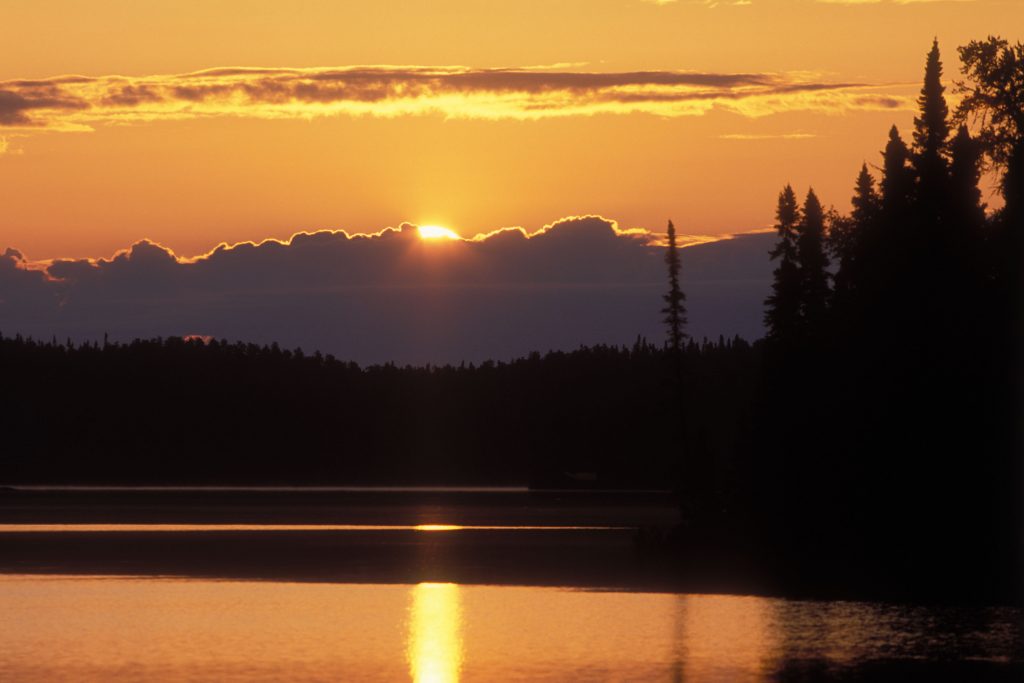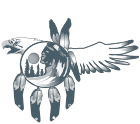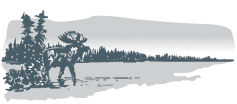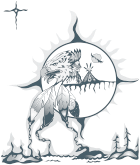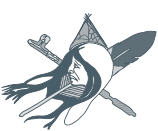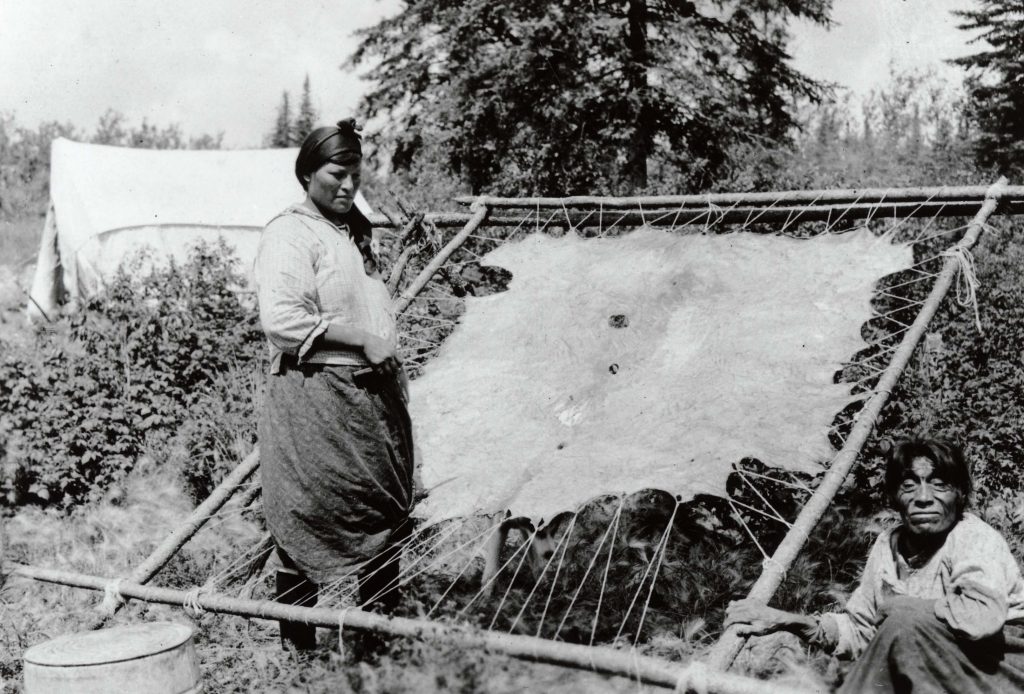
What is World Heritage?
World Heritage recognizes places on Earth that are of outstanding universal value to humanity. It is like a badge of honour provided by United Nations Educational, Scientific and Cultural Organization (UNESCO). When a UNESCO World Heritage site has been added to the World Heritage List, it is the world’s way of recognizing that this place should be preserved for future generations to appreciate and enjoy.
What is Cultural Heritage?
Heritage is our legacy from the past, how we live today, and what we pass on to future generations. Cultural heritage consists of everything that we value and share through generations:
- Objects that we can see and touch, like cabins, travel routes, manoomin (wild rice), landscapes and artifacts
- Things like language, songs, knowledge, beliefs and practices
Cultural heritage provides Anishinaabeg with:
- Our livelihood, such as hunting, fishing and trapping
- Knowledge of the land, like what rivers are safe to cross and what plants can be used as medicine
- Skills, like how to smoke meat and cure hides
Our cultural heritage is invaluable. It connects people and unites communities, helping us understand who we are and how we contribute to the world. Cultural heritage has helped Anishinaabeg protect and preserve Pimachiowin Aki for millennia. Today, we are connected to the land and care for the land in the same ways we did over 7,000 years ago.
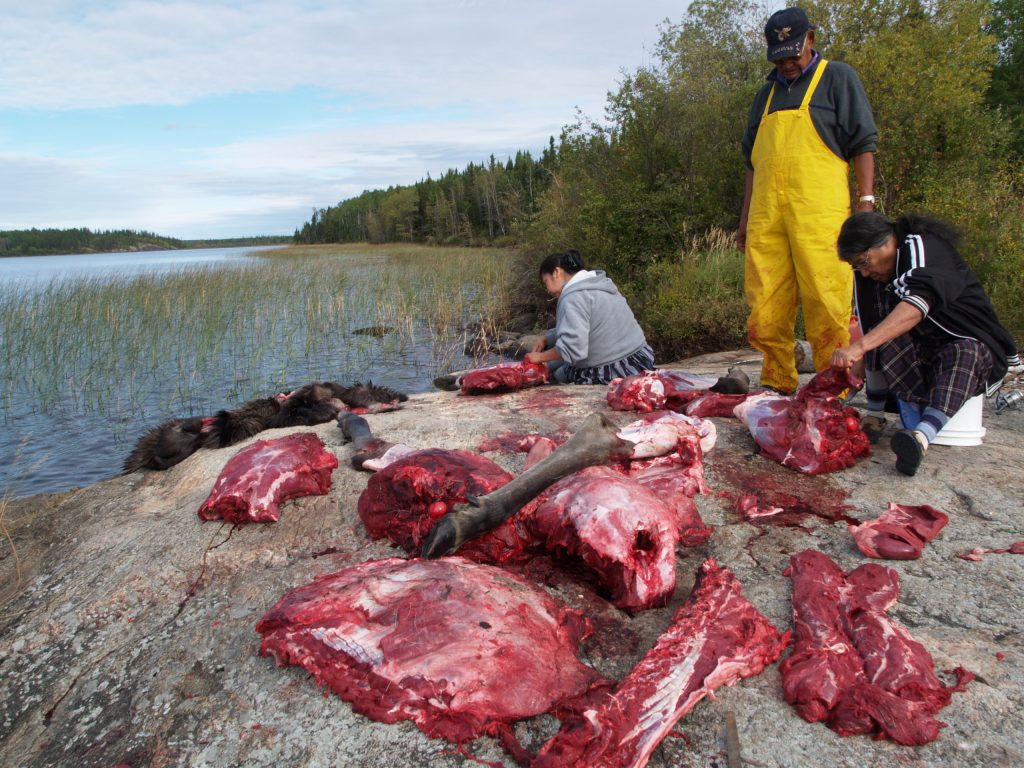
Types of World Heritage Sites
There are three types of World Heritage sites: cultural, natural, and mixed.
1. What is a mixed World Heritage site?
- A mixed heritage site is one that contains elements of both natural and cultural significance
- There are 39 mixed sites in the world with only one in Canada: Pimachiowin Aki
2. What is a cultural World Heritage site?
- Cultural heritage sites are typically historic buildings and town sites, important archaeological sites, and works of monumental sculpture or painting—like the Writing-on-Stone/Áísínai’pi World Heritage site on the border between Canada and the United States of America, for example
3. What is a natural World Heritage site?
- About one in five World Heritage sites is recognized for its outstanding natural value—like the Great Barrier Reef in Australia, for example
- Natural and mixed World Heritage sites protect over 369 million hectares of land and sea
Pimachiowin Aki has been described as “a landmark nomination” because it is so unique—it is impossible to separate the people (culture) from the land (nature). The area received worldwide attention and inspired UNESCO to change the way it evaluates mixed World Heritage sites. Read more about how Pimachiowin Aki became a catalyst for change.
Timeline
The nomination was a long time in the making. In 2002, First Nations in Manitoba and Ontario signed an Accord to protect and manage ancestral lands and have these lands recognized as a World Heritage site. But the work started even before then.
The First Nation communities of Pimachiowin Aki were working individually on their own land management plans for many years. Board Member Ed Hudson from Poplar River First Nation says, “The protected area came into being before Pimachiowin Aki.” The Poplar River land management plan, and protection of Asatiwisipe Aki (Poplar River ancestral lands), became legally recognized in 2011.
Pimachiowin Aki became a UNESCO World Heritage Site in 2018. Here’s a quick look at how we got here:
2002 | First Nations sign an accord to protect and manage ancestral lands
2004 | Canada adds Pimachiowin Aki to a shortlist of tentative UNESCO World Heritage sites after a review of 125 potential sites
2006 | Manitoba and Ontario join the First Nations to form the Pimachiowin Aki Corporation. Together, the partners work toward the goal of a Pimachiowin Aki World Heritage site
2011 | After many years of research and community engagement, each First Nation completes a land management plan that sets out how our ancestral lands will be protected and how they can be used in the future
2012 | Canada submits the World Heritage site nomination bid to UNESCO on behalf of the Pimachiowin Aki partnership
2018 | Pimachiowin Aki becomes the first UNESCO World Heritage site in Manitoba and the only ‘mixed’ site in Canada, recognized for both its cultural and natural values (more on that below)
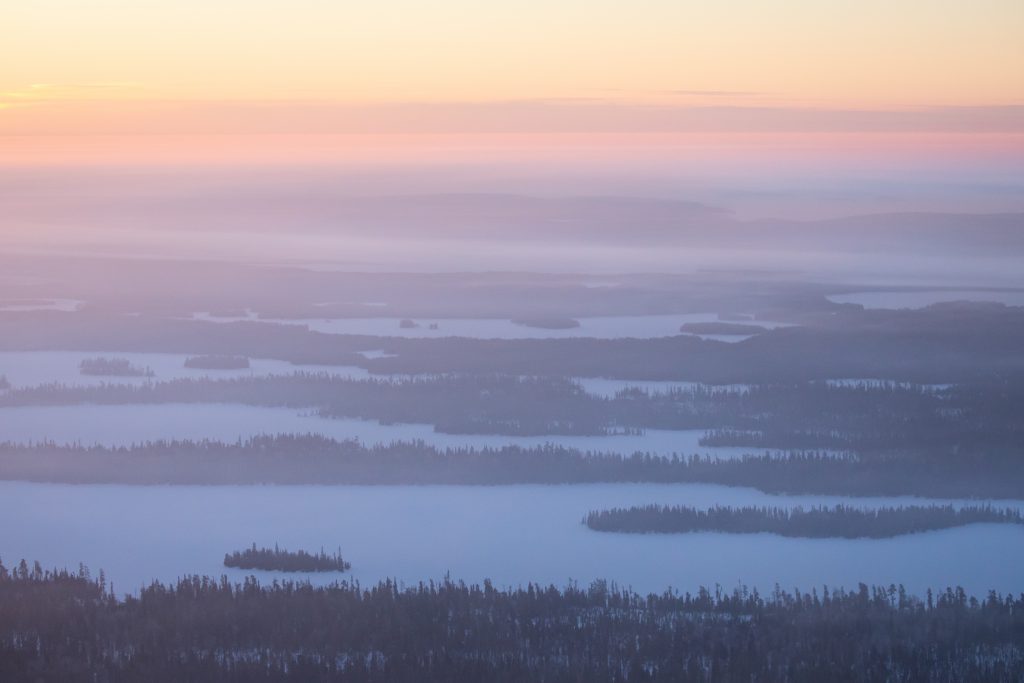
How Does UNESCO Protect World Heritage Sites?
Raises awareness
As a World Heritage site, people learn about Pimachiowin Aki’s history and traditions, the environment, and the importance of protecting this rare and special place.
Strengthens authority
Pimachiowin Aki First Nations maintain authority to make decisions about the land. To remain a World Heritage site, the rights of the people who live here must continue to be respected.
May receive expert advice on how to support preservation activities
Pimachiowin Aki First Nations can benefit from advice on how to explore local economic opportunities like eco-cultural tourism or ways to protect culture heritage, such as land and language programs.
Protection during a war
Once declared, Pimachiowin Aki became protected under the Geneva convention against destruction during a war .
For the last two years, Bloodvein River First Nation, Poplar River First Nation, Pauingassi First Nation and Little Grand Rapids First Nation, along with two provincial parks, have added this extra layer of protection for the land and culture. “We’re still in the planning stage for the next steps regarding the Pimachiowin Aki World Heritage site status. We received the status and now we have to work harder,” Ed adds.
The work that Ed mentions will be done by all of the First Nation communities, and will include protecting cultural and natural values with these guiding principles in mind:
- Continue to protect the site
- Foster local economic growth
- Safeguard Anishinaabe cultural heritage
- Safeguard the boreal forest for the benefit of all humanity into the future
In the Ojibwe language Anishinaabemowin, Pimachiowin Aki means the Land that Gives Life. It is a gift from the Creator to share with the world. Anishinaabeg maintain this gift the way it was given to us. With World Heritage Site inscription, we are sharing the expansive boreal forest and all that it provides. In addition, we are sharing our history and inspiring teachings with the world.
See Pimachiowin Aki on the World Heritage List and view the UNESCO photo gallery: https://whc.unesco.org/en/list/1415/
UNESCO’s mission is to contribute to the building of a culture of peace, the eradication of poverty, sustainable development and intercultural dialogue through education, the sciences, culture, communication and information.
Sources: https://en.unesco.org/about-us/introducing-unesco and discovercorps.com
